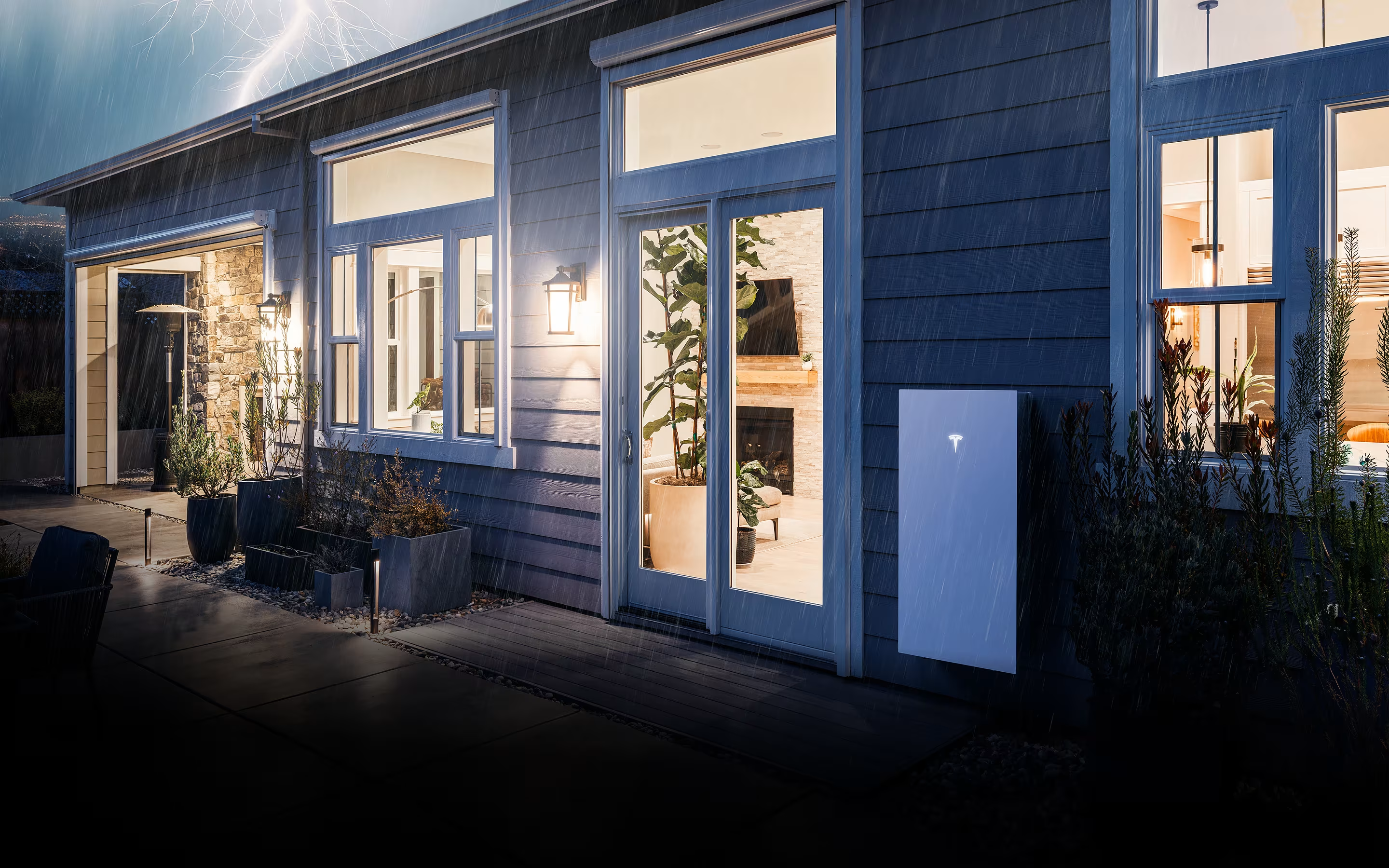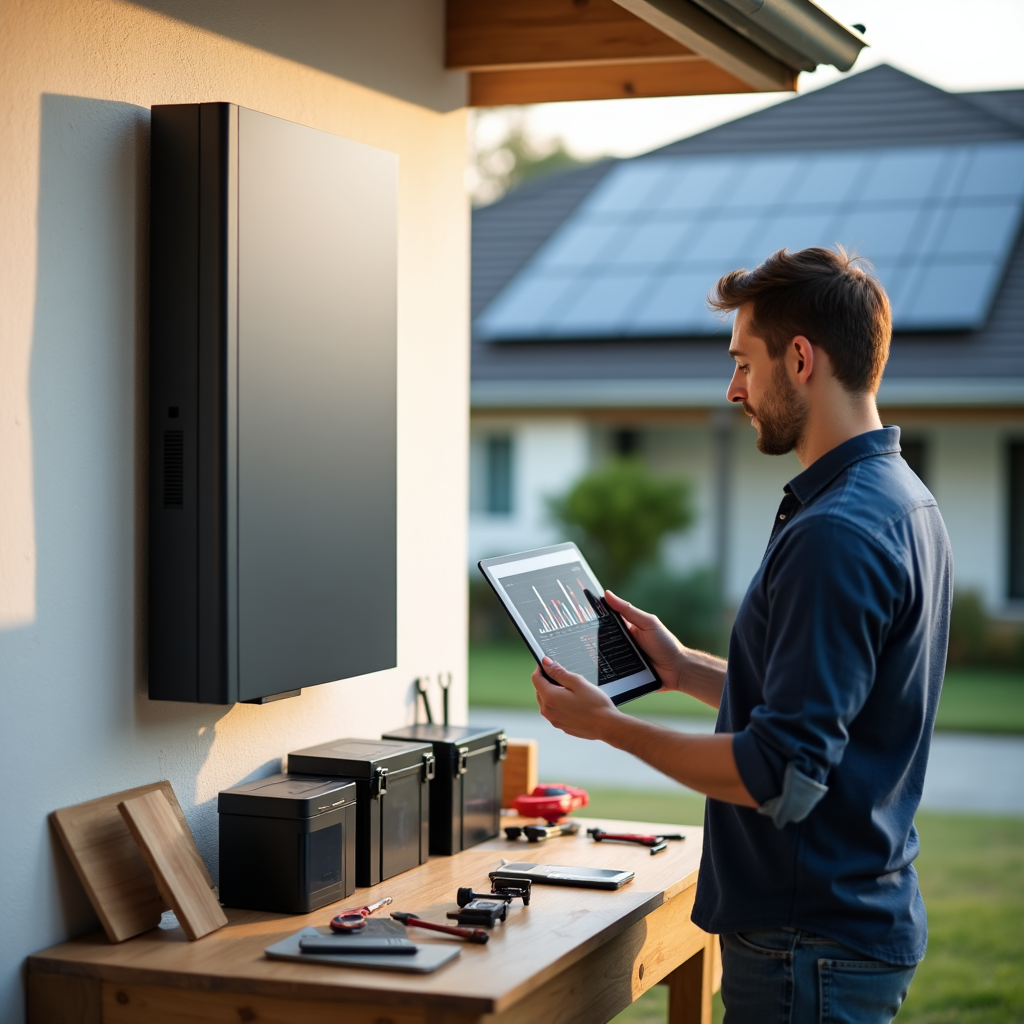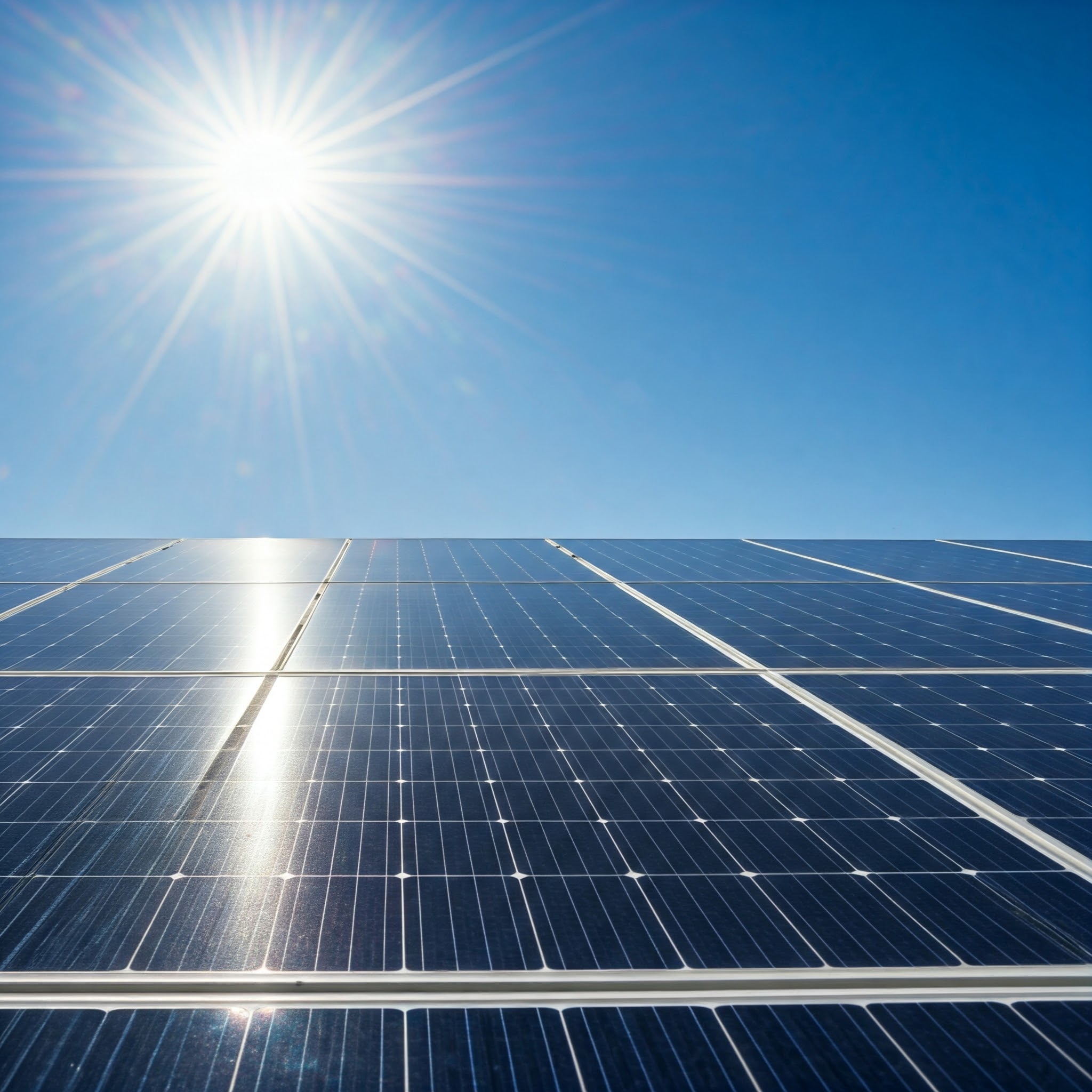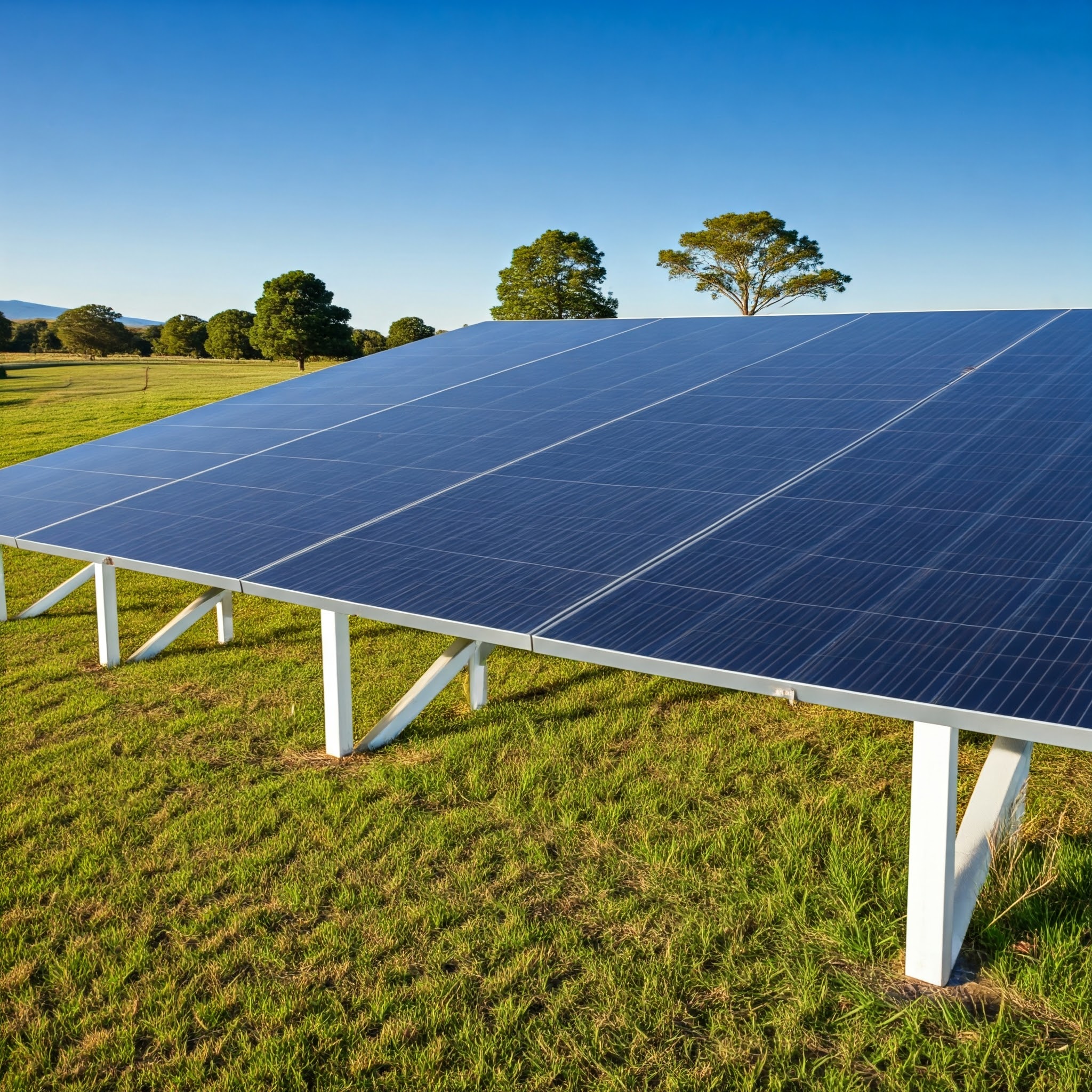Rising energy costs have prompted many Australian homeowners to think over solar battery storage as a solution. Solar battery prices have dropped substantially in the last few years. A complete system still needs a significant upfront investment.
Many homeowners ask us about solar batteries’ investment value in 2024. Our energy consulting experience spans Australia. The answer depends on your location, energy usage patterns and state incentives. We analyse current market data and customer experiences to help determine if a home battery system fits your financial goals.
Current Solar Battery Costs in Australia
The current costs of solar battery storage systems in Australia reveal interesting patterns. A complete home battery system installation costs between AUD 13,760 and AUD 25,992.
Average installation costs by state
Australian states show significant variations in battery costs. NSW residents can claim discounts up to AUD 3,669 through the Peak Demand Reduction Scheme. Victorian homeowners enjoy interest-free loans up to AUD 13,455.
Queensland provides strong support with rebates reaching AUD 6,115 for eligible households. The Northern Territory gives grants up to AUD 7,644 to residents who install batteries.
Price breakdown: Hardware vs installation
The cost structure of solar battery installations shows equipment makes up 39% of the total project cost. The remaining 61% goes toward:
- Installation labour
- Permitting and inspection fees
- Supply chain costs
- Customer acquisition expenses
- Overhead costs
The actual hardware (battery, inverter, and balance of system) costs about AUD 11,314. Battery installation with solar panels can save approximately AUD 5,796 compared to modernising later.
Available government rebates and incentives
The Australian government’s programmes help reduce solar battery prices. The Small-scale Renewable Energy Scheme (SRES) leads the federal initiatives. State programmes offer extra support:
- Victoria: Interest-free battery loans up to AUD 13,455
- South Australia: Virtual Power Plant incentives that optimise savings
- ACT: Zero-interest loans ranging from AUD 3,057 to AUD 22,934
Accredited suppliers can help assess eligibility and manage applications effectively. The incentive value depends on your battery’s usable capacity and installation timing.
Understanding Return on Investment
Our team has looked at hundreds of solar battery installations throughout Australia. The data tells us some amazing things about ROI. Let’s look at whether a home battery system makes financial sense for you.
Calculating potential savings
The numbers show that Australian homes using solar panels with an 8.5kWh battery can cut their energy bills by 75% to 100%. This means yearly savings between AUD 2,021 and AUD 3,443.
Your potential savings depend on these factors:
- Your current energy consumption patterns
- Local feed-in tariff rates
- Peak versus off-peak usage timing
- Battery size and efficiency
Payback period analysis
The time it takes to earn back your investment varies by a lot based on your situation. Most solar batteries pay for themselves in 5 to 10 years. This timeline really depends on how you use energy and your local energy rates.
Here’s what we see in typical cases:
| System Type | Average Payback Period |
|---|---|
| New Solar + Battery | 10 years |
| Modernise Battery | 12-14 years |
| Battery Only | Not financially viable |
Energy bill reduction scenarios
Looking at real Australian households gives us some eye-opening results. A home with average energy use that invests in solar panels and a mid-sized battery (around 10kW) can save about AUD 2,140 each year.
We’ve found that savings work best under these conditions:
- Higher than average electricity consumption (over AUD 3,057 per year)
- Time-of-use tariff implementation
- Limited grid export capability
Rural homes often get better returns because their electricity costs more. Sunny inland spots usually pay off their investment a year faster than coastal areas.
In spite of that, battery costs haven’t changed much over the last several years. Current market analysis shows that residential solar battery prices need to drop to AUD 305-458 per kWh of capacity (from the current AUD 1,528 per kWh) before they offer really attractive returns.
Key Factors Affecting Battery Value
Our latest study of home battery installations in Australia reveals three key factors that determine if a solar battery storage system makes sense for your household.
Energy consumption patterns
Households typically fall into distinct usage categories that affect battery value. Families with home offices consume about 30kWh per day, compared to the average household’s 16kWh. The best returns on solar battery investments come from homes that use more power during daylight hours.
The data shows that proper battery storage helps households boost their solar energy self-consumption from 30-50% to an impressive 80-90%.
Feed-in tariff rates
Feed-in tariffs make a big difference in solar battery value. Lower feed-in tariffs tend to make battery storage more financially rewarding. Regional Queensland offers a good example:
- Peak period (3pm-7pm): 13.730 cents per kWh
- Off-peak period: 5.796 cents per kWh
Peak vs off-peak usage
Time-of-use (TOU) tariffs shape the value of home batteries. Peak electricity costs can reach 34.37 cents per kWh – about three times more than off-peak rates.
Here’s how you can get the most value from your battery:
- Charge batteries when electricity is cheaper during off-peak hours
- Use stored power during peak periods to save money
- Use smart energy management systems to get the best charging cycles
Homes that use most of their power between 3 PM and 7 PM benefit the most from battery storage. These hours match typical peak rate periods, which helps homeowners avoid the highest electricity costs.
Some clever households take advantage of ‘tariff arbitrage’ by charging their batteries with cheaper off-peak power and using it during expensive peak periods. This approach works even better with smart energy management systems that adjust charging and discharging cycles based on how you use power and current electricity rates.
Financial Benefits and Drawbacks
The 2024 financial outlook for home battery storage reveals exciting opportunities and important points that Australian homeowners should think over. Let’s see how these systems might affect your finances over time.
Grid independence savings
Our research shows that combining solar panels with battery storage helps you rely less on grid power. We analysed household energy patterns and found that the right-sized battery systems let you use 80-90% of your own energy. This protects you from rising electricity costs and market changes.
Maintenance and replacement costs
The ongoing costs of maintaining a solar battery system need careful planning. Most modern batteries need replacement within 10-15 years. Here are the key points about maintenance costs:
- Battery replacement costs typically range between AUD 5,000 to AUD 15,000
- The payback period often extends to 12 years
- Most warranties cover only 5-10 years of operation
Virtual Power Plant opportunities
Virtual Power Plants (VPPs) are a great way to boost your battery’s financial returns. The benefits vary by state:
| State | Sign-up Bonus | Quarterly Credits |
|---|---|---|
| NSW | AUD 152.90 | AUD 68.80 |
| QLD | AUD 688.05 | AUD 68.80 |
| VIC | AUD 152.90 | AUD 68.80 |
| SA | AUD 152.90 | AUD 107.03 |
We found these financial advantages with VPP participation:
- Upfront discounts of AUD 1,528.99 for NSW, QLD, and VIC households
- Higher discounts of AUD 2,293.49 for SA households
- Regular income through energy trading
Some VPP providers offer better benefits like increased feed-in tariffs and reduced energy bills. Before you join a VPP, you should think about how it might affect your:
- Battery lifespan from increased cycling
- Backup power availability
- Warranty conditions
Owners of larger batteries (13.5 kWh) can get incentives between AUD 382.25 to AUD 611.60. You can claim these incentives twice, but you must wait three years between claims.
State-by-State Analysis
Let’s explore how Australian states support home battery adoption through their unique incentive programmes. Our team has researched the latest developments in major states to help you understand your options.
NSW market conditions and rebates
New South Wales now guides Australia with one of the most detailed battery support schemes. Only 1.6% of NSW households with rooftop solar have batteries installed. This creates huge growth potential. The state government aims to have 1 million households with combined solar and battery systems by 2035.
The current NSW incentive structure offers:
- Upfront discounts between AUD 2,446 and AUD 3,669 for new battery installations
- Additional AUD 382 to AUD 611 for Virtual Power Plant connections
- Eligibility for batteries between 2 and 28 kWh capacity
Victorian solar battery scheme
Victoria makes battery storage available through financial assistance. The state’s interest-free loan programme offers up to AUD 13,455 with these key features:
| Eligibility Criteria | Threshold |
|---|---|
| Household Income | Under AUD 321,087 |
| Property Value | Under AUD 4.59 million |
| Solar System Size | Minimum 5kW |
Victoria requires pre-approval from the Distributed Network Service Provider before installation. Households can repay the loan over four years, making it an attractive option for many families.
Queensland and other state initiatives
Queensland takes a different approach to battery incentives. The Battery Booster programme with rebates up to AUD 6,115 has concluded. However, several alternative support mechanisms have emerged:
- Northern Territory: Grants up to AUD 7,644 for eligible systems
- South Australia: Ongoing subsidies through their Home Battery Scheme
- ACT: Next Generation Energy Storage programme with targeted rebates
Nationwide trends show expected growth in battery adoption. Current data suggests total solar installations will increase by 37% by 2024/25 and 83% by 2029/30. This growth points to a similar rise in battery storage adoption in states of all sizes.
Check your state’s current offerings before making a purchase decision, as incentive programmes often update their terms and funding. Your chosen installer must be accredited under your state’s specific scheme to access these benefits.
Conclusion
Solar batteries are a major investment for Australian homeowners in 2024. Current prices remain high, but government incentives and state-specific programmes have made battery storage available to more people than before.
Our analysis reveals that battery installation makes sense for households that spend over AUD 3,057 on electricity each year, particularly during peak hours. On top of that, joining Virtual Power Plant programmes can boost returns through sign-up bonuses and ongoing credits.
Your specific situation will determine if this investment is right for you. The payback period speeds up for homeowners who use more energy in the evening, have limited grid export options, or live in areas with generous incentives. Battery costs should keep dropping, which makes them an appealing choice for Australian households.
We suggest you take a close look at your energy usage patterns and check what incentives your state offers before you decide. The right timing of your investment, along with proper system sizing and VPP participation, could lead to considerable savings on your energy bills.






